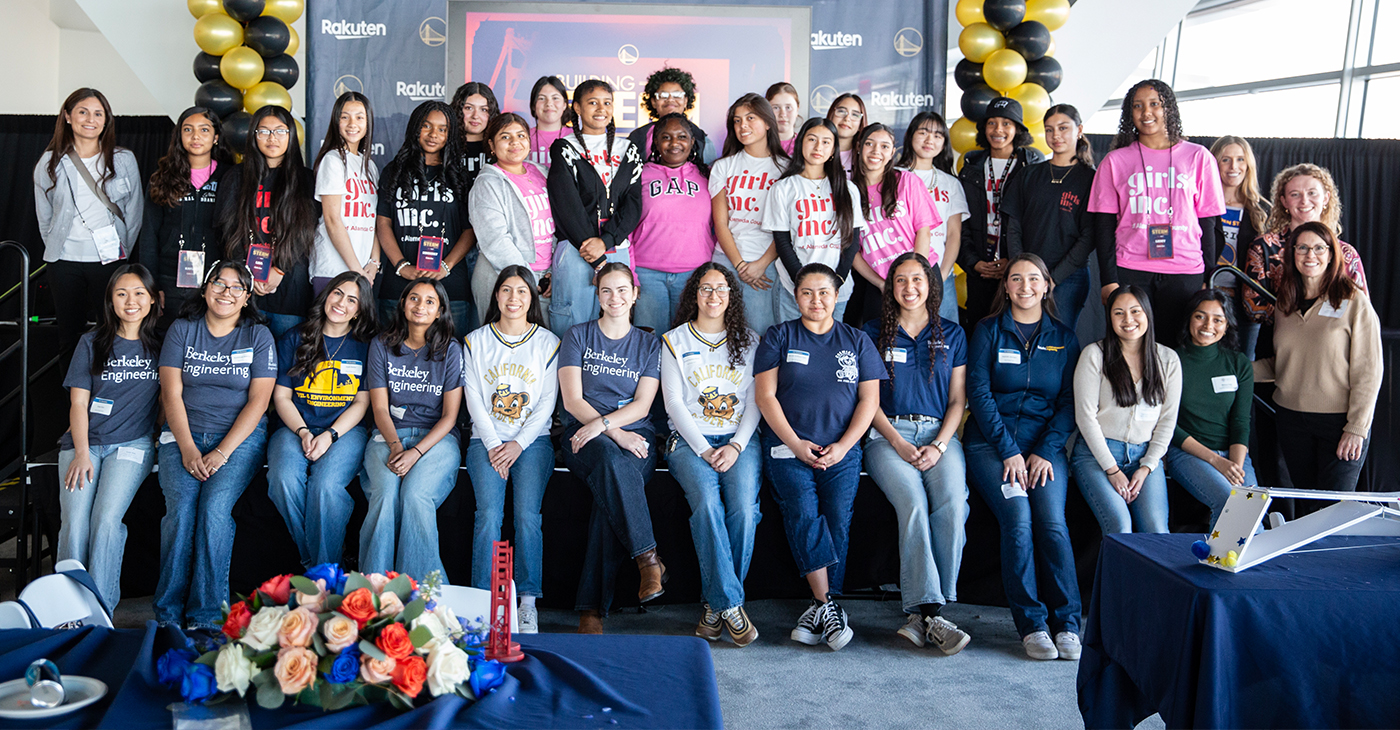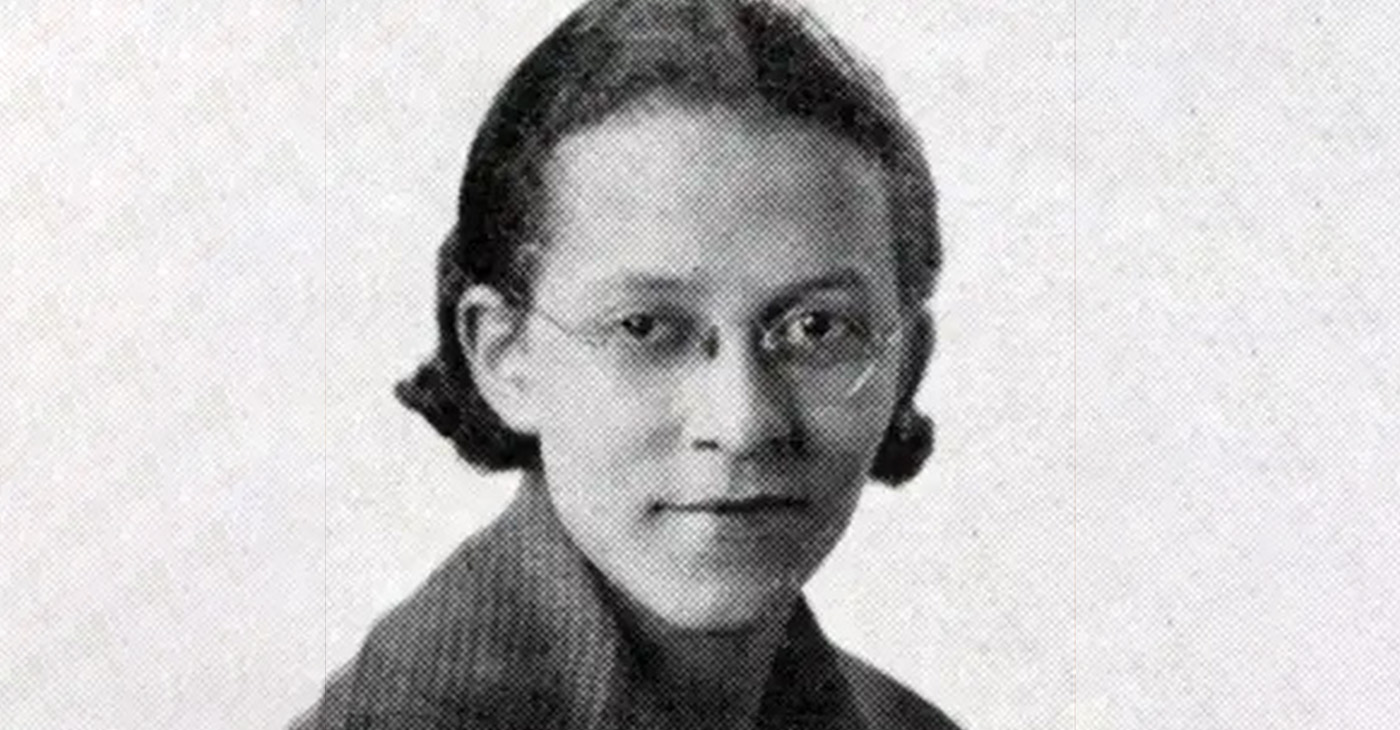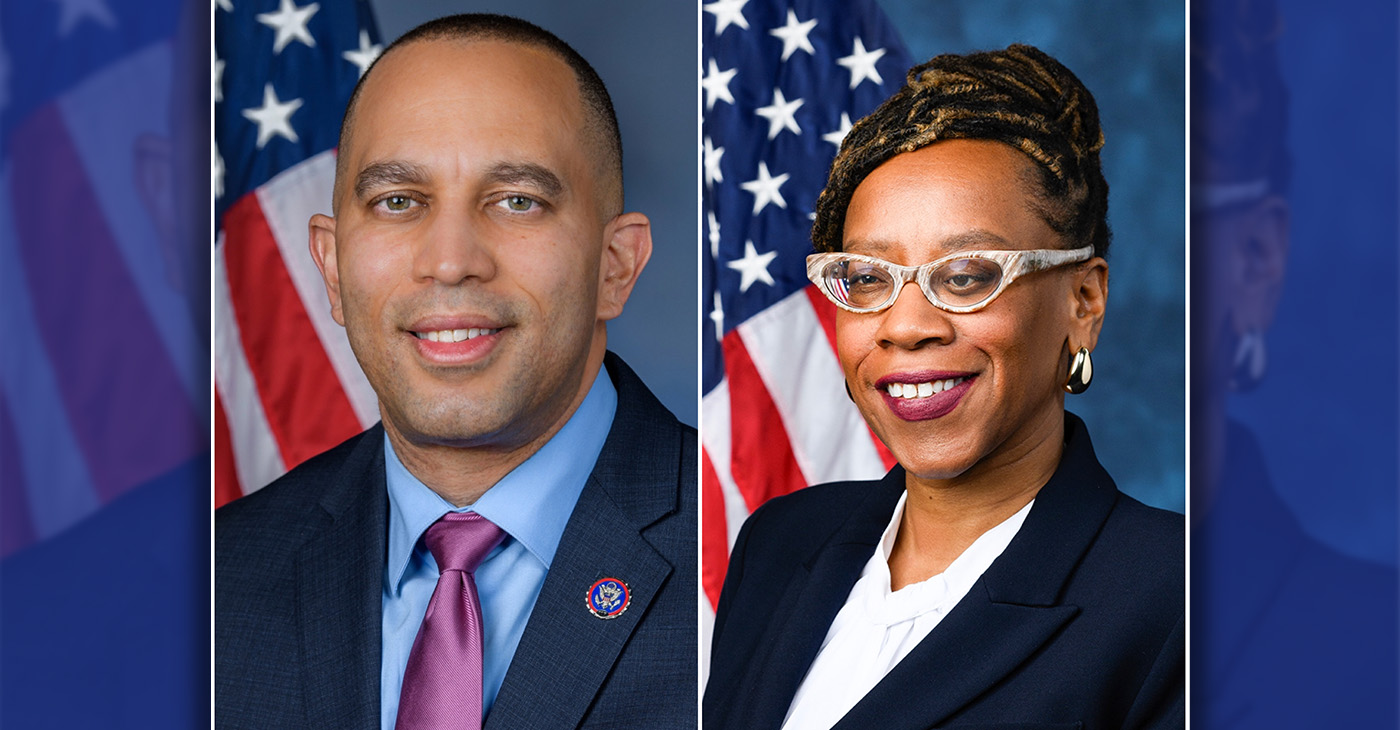Arts and Culture
Arts Education Funding in California: How Will Proposition 28 Roll Out?
Austin Beutner, the former superintendent of LAUSD who spearheaded Proposition 28, recently talked with EdSource about how the groundbreaking arts education initiative will roll out and why this is such a game-changer for California public education. Proposition 28 creates a guaranteed annual funding stream for music and arts education by setting aside 1% from the state’s general fund. In 2023, that comes out to roughly $941 million.

By Karen D’Souza
EdSource
Austin Beutner recalls struggling to fit in at a new school as a fifth grader. He felt awkward and alone until the music teacher suggested he try playing an instrument. Beutner took up the cello and found his voice.
That epiphany transformed his childhood, paving the way for an eclectic career that includes working for the U.S. State Department, serving as vice mayor of Los Angeles, investment banking, philanthropy and keeping the nation’s second-largest school district afloat during the depths of the pandemic.
Beutner, the former superintendent of LAUSD who spearheaded Proposition 28, recently talked with EdSource about how the groundbreaking arts education initiative will roll out and why this is such a game-changer for California public education. Proposition 28 creates a guaranteed annual funding stream for music and arts education by setting aside 1% from the state’s general fund. In 2023, that comes out to roughly $941 million.
What’s your reaction to the measure succeeding?
I’m excited. It’s a meaningful amount of funding. It’s going to make a difference in every school, hopefully for every kid. The key is that art is not a luxury. It’s the glue that binds together a proper and good education. It binds together literacy, math and critical thinking. I don’t know why, frankly, policymakers haven’t made investing in the arts and music more of a priority when the path to a livelihood for so many students in the creative economy in California is right there.
I know the funding will fluctuate with the overall budget. How much funding per child this year?
Based on our estimate, it’s $112 per kid, preschool through 12 plus $85 for every Title 1 (low-income) kid. Every year. Forever. You know, it’ll bump down with some budgets and bump up with others.
How does it compare to other states?
One of the things that we uncovered was just how poorly the state of California was doing in this regard, where barely 1 in 5 public schools have a full-time arts and music program. In New York, it’s 4 out of 5. They have invested more carefully and more thoroughly in arts and arts education for children than California has. So the state of California has to catch up. I think this initiative puts us back in the lead.
How did arts education get cut from the schools in California in the first place?
The original sin is if you cut funding for schools, is that you’re not cutting fat, you’re cutting muscle and bone. You see lots of symptoms of inadequate funding. You see class sizes that are too big. The number of students per credentialed teacher in New York is something like 35% less than it is in California. You also see it in the offering of programs for children. If you’re testing for math and English, then those are probably the last to be cut. The arts are misperceived as extras, and the extras get cut.
Do you see the new arts programming as fluid? Could a school pivot from animation to sculpture to dance over time?
Absolutely. Ideally, you’re not going to pivot every six months. It won’t be a very good program. But they might try something and a year from now, say we’re not seeing what we want. Or they might see something better a year down the road and say, you know, let’s switch to that. But hopefully, schools will make an informed and thoughtful choice.
Why do you see this funding as sparking community engagement?
It’s a good place to start. It’s a path to bringing families in and giving them a voice.
Historically, most school funding in California comes very prescriptively from the top. From Sacramento to school districts, from school districts to schools. They say: Do this. Well, it’s the opposite here, which is, here’s funds for your choice of arts programs. I think there’s some exciting opportunities for school communities to engage around this choice. Imagine, a school might be thinking of a different math curriculum, and they say, “Come on in, families, and let’s have a discussion about math curriculum.” Some will come, I’m sure, but many might be intimidated. But with arts and music, everybody has a point of view. Everybody listens. Everybody watches the Grammys. Everyone will watch the Oscars.
There’s a neat opportunity for school communities to engage and help their school leadership make a good choice.
Tell me about your experience with the cello.
My parents changed jobs, so I had to start a new school in February of fifth grade. Middle of the school year. This was Michigan, but I wasn’t worried about the cold weather outside. It was really cold. I was worried about lunch because as a shy kid in the fifth grade at a new school, my great concern was, who am I going to sit with at lunch? Fortunately, I was invited to a music class. It was a string class, and they handed me a cello. I didn’t know what a cello was. But there was lunch, thank goodness! And for me, cello became bass, bass became guitar. I developed a sense of agency and confidence in high school. I could perform in front of thousands of people before I could speak in front of tens of people. It all started with that connection to other people, feeling safe, feeling like I had found a group of friends.
How long will the program take to find its stride?
It’s early days. Will schools find the best possible program right out the park? Probably not. The money will provide for about 15,000 paying jobs, full and part-time, in public schools. Are there going to be enough teachers, or teaching artists to be found, initially? Probably not. But I’d call those high-class problems because it’s still going to be better than it was. I think if you look five years down the road, the sands will have shifted. That’s where California is better placed than any of the 49 other states because we have so many gifted, creative people in this state, musicians, writers, performers, artists of all kinds, who have had a hard time connecting with the schools.
What’s the next step in the rollout?
The first step involves an advisory council that I’ve gotten together of supporters of the initiative itself to work on three things. The first is just to make sure basic information is well shared. You know, how much is it? How does it work? Some of the basics of implementation. The second would be to elevate best practices in the schools. There are great art programs out there that can help show the way. The third piece is staffing. The money will provide for about 15,000 jobs. How do we better connect that talent, arts educators and teaching artists, to the schools?
When will the funding start to land in schools? This fall?
In substance, yes. As a technical matter, the school year starts July 1. There’s nothing to stop an entrepreneurial school from starting in summer school.
Copyright © 2023 Bay City News, Inc. All rights reserved. Republication, rebroadcast or redistribution without the express written consent of Bay City News, Inc. is prohibited. Bay City News is a 24/7 news service covering the greater Bay Area.
###
KarenD’Souza/EdSource0833a02/21/23
https://edsource.org/2023/arts-education-funding-in-california-how-will-proposition-28-roll-out/685800/www/bcn/general/02/newsclip.23.02.21.08.36.01.1.txt
Activism
Golden State Warriors Program Is Inspiring Next Generation of Female Engineers
Breaking down barriers and biases that deter young girls from pursuing STEAM subjects is essential for creating a level playing field and ensuring equal opportunities for all. By challenging stereotypes and promoting a culture of inclusivity and diversity in STEAM fields, experts believe young girls can be empowered to pursue their interests and aspirations without limitations confidently. Encouraging mentorship, providing access to resources, and celebrating girls’ achievements in STEAM are all crucial steps in creating a supportive environment that fosters success.

By Y’Anad Burrell
The Golden State Warriors and e-commerce giant Rakuten are joining forces to inspire the next generation of female engineers through Building STEAM Futures, part of The City Calls campaign.
Organizers say the initiative is founded on the idea that science, technology, engineering, arts, and mathematics (STEAM) are crucial fields for innovation and progress, and empowering young girls to pursue careers in these areas is more important than ever. Studies consistently show that girls are underrepresented in STEAM fields, resulting in a gender disparity that limits potential and hinders diversity.
Breaking down barriers and biases that deter young girls from pursuing STEAM subjects is essential for creating a level playing field and ensuring equal opportunities for all. By challenging stereotypes and promoting a culture of inclusivity and diversity in STEAM fields, experts believe young girls can be empowered to pursue their interests and aspirations without limitations confidently. Encouraging mentorship, providing access to resources, and celebrating girls’ achievements in STEAM are all crucial steps in creating a supportive environment that fosters success.
On Saturday, March 8, International Women’s Day, the Warriors and Rakuten hosted 20 middle school girls from Girls Inc. of Alameda County at Chase Center’s Above the Rim for a hands-on bridge-building experience. The young girls from Girls, Inc. of Alameda County had an opportunity to design, build and test their own bridge prototypes and learn the fundamentals of bridge construction from the Engineering Alliance and the UC Berkeley Steel Bridge Team.
This STEAM experience for the girls followed the first session in January, where they took a behind-the-scenes tour of the Golden Gate Bridge, learning about its design and construction from industry experts. The City Calls campaign, tipped off with the unveiling the Warriors’ new bridge-themed City Edition jerseys and court design earlier this year.
Arts and Culture
Beverly Lorraine Greene: A Pioneering Architect and Symbol of Possibility and Progress
Greene graduated from the University of Illinois at Urbana-Champaign in 1936 with a degree in Architecture — a remarkable accomplishment for an African American woman at the time. She was never discouraged by the racial and gender discrimination that saturated her field.

By Tamara Shiloh
In the mid-20th century, Beverly Lorraine Greene was recognized as the first African American woman licensed to practice architecture in the United States.
Greene was born on Oct. 4, 1915, in Chicago during an era when opportunities for African Americans, particularly women, were severely limited.
Her parents, James and Vera Greene, were deeply invested in her education, instilling in her a belief in the power of intellect and perseverance. She grew up during the Great Migration that transformed Chicago starting in 1900.
Greene graduated from the University of Illinois at Urbana-Champaign in 1936 with a degree in Architecture — a remarkable accomplishment for an African American woman at the time. She was never discouraged by the racial and gender discrimination that saturated her field.
Greene continued her education, earning a master’s degree in City Planning and Housing in 1937, also from the University of Illinois. Her ambition was not merely to design structures but to shape spaces that fostered equity and community. In 1942, she became the first African American woman licensed as an architect in the United States, obtaining her credentials in Illinois. This groundbreaking achievement, however, did not translate immediately into job opportunities.
Early in her career, she faced significant discrimination from firms unwilling to hire a Black woman. However, her determination never wavered. In 1945, Beverly moved to New York City, a place she believed could offer broader professional opportunities.
She joined the architectural department of the New York City Housing Authority, focusing on affordable housing projects. Her work during this time reflected her commitment to using architecture as a tool for social justice, ensuring that marginalized communities had access to well-designed, dignified living spaces.
Greene’s talents soon drew the attention of prominent firms. She was hired by Isadore Rosenfield, a respected architect known for designing hospitals. She contributed to the design of healthcare facilities, including the modernization of Harlem Hospital. Her portfolio expanded in collaboration with architectural personalities such as Marcel Breuer and Edward Durell Stone.
Notably, she worked on the prestigious UNESCO headquarters in Paris — a landmark project that brought her skills to an international stage. Her involvement underscored her ability to navigate the intricacies of large-scale, global projects, proving that her talents transcended the limitations society sought to impose.
Greene’s career was tragically cut short when she passed away unexpectedly in 1957 at the age of 41. Though her life was brief, her impact was profound. She shattered entrenched barriers, paving the way for future generations of Black architects and women in the field.
Activism
U.S. House Minority Leader Hakeem Jeffries and Rep. Lateefah Simon to Speak at Elihu Harris Lecture Series
The popular lecture series is co-produced by the Oakland-based Martin Luther King Jr. Freedom Center and Peralta Community College District. Jeffries’ appearance marks the 32nd lecture of the Barbara Lee and Elihu Harris Lecture Series, which has provided thousands of individuals with accessible, free, high-quality information.

By Scott Horton
United States House of Representatives Minority Leader Hakeem Jeffries (D-NY-8) will be a speaker at the Barbara Lee and Elihu Harris Lecture Series on Friday, Feb. 21.
The event will be held at the Henry J. Kaiser Center for the Arts, 10 Tenth Street in Oakland, at 7 p.m.
The popular lecture series is co-produced by the Oakland-based Martin Luther King Jr. Freedom Center and Peralta Community College District. Jeffries’ appearance marks the 32nd lecture of the Barbara Lee and Elihu Harris Lecture Series, which has provided thousands of individuals with accessible, free, high-quality information.
The overarching goal of the lecture series is to provide speakers from diverse backgrounds a platform to offer their answers to Dr. King’s urgent question, which is also the title of Jeffries’ latest book: “Where do we go from here: Chaos or Community?”
In addition to Jeffries, Congresswoman Lateefah Simon (D-CA-12) will also speak.
“Certainly, now is a time for humanity, in general, and Americans in particular to honestly and genuinely answer Dr. King’s question,” said Dr. Roy D. Wilson, Executive Director of the Martin Luther King Jr. Freedom Center and Executive Producer of the lecture series.
“Dr. King teaches that time is neutral but not static. Like the water in a river, it arrives and then quickly moves on,” continued Wilson. “We must urgently create conditions for listening to many different answers to this vital question, and generate the development of unity of action among all those who struggle for a stronger democracy.”
In his book, Jeffries shares his experience of being unanimously elected by his colleagues as the first African American in history to ever hold the position of House Minority Leader.
In January 2023 in Washington, Jeffries made his first official speech as House Minority Leader. He affirmed Democratic values one letter of the alphabet at a time. His words and how he framed them as the alphabet caught the attention of Americans, and the speech was later turned into a book, The ABCs of Democracy, bringing Congressman Jeffries rousing speech to vivid, colorful life, including illustrations by Shaniya Carrington. The speech and book are inspiring and urgent as a timeless reminder of what it means to be a country with equal opportunities for all. Jeffries paints a road map for a brighter American future and warns of the perils of taking a different path.
Before his colleagues unanimously elected him Minority Leader in 2022, Jeffries previously served as Chair of the House Democratic Caucus and as an Impeachment Manager during the first Senate trial of the 45th President of the United States.
Jeffries was born in Brooklyn Hospital, raised in Crown Heights, grew up in the Cornerstone Baptist Church and he is a product of New York City’s public school system, graduating from Midwood High School. Jefferies went on to Binghamton University (BA), Georgetown University (master’s in public policy) and New York University (JD).
He served in the New York State Assembly from 2007 to 2012.
Admission is free for the Feb. 21 Barbara Lee and Elihu Harris Lecture Series featuring Congressman Jeffries. Please reserve seats by calling the Martin Luther King Jr. Freedom Center at (510) 434-3988.
Signed copies of his book will be available for purchase at the event.
-

 Activism2 weeks ago
Activism2 weeks agoWe Fought on Opposite Sides of the Sheng Thao Recall. Here’s Why We’re Uniting Behind Barbara Lee for Oakland Mayor
-

 #NNPA BlackPress2 weeks ago
#NNPA BlackPress2 weeks agoRev. Dr. Jamal Bryant’s Black Church Target Boycott Mobilizes 150,000
-

 Activism3 weeks ago
Activism3 weeks agoSan Francisco Is Investing Millions to Address Food Insecurity. Is Oakland Doing the Same?
-

 #NNPA BlackPress2 weeks ago
#NNPA BlackPress2 weeks agoRecently Approved Budget Plan Favors Wealthy, Slashes Aid to Low-Income Americans
-

 Activism2 weeks ago
Activism2 weeks agoFaith Leaders Back Barbara Lee for Mayor, Criticize Candidate Loren Taylor for Dishonest Campaigning
-

 Activism3 weeks ago
Activism3 weeks agoOakland Post: Week of March 12 – 18, 2025
-

 Activism2 weeks ago
Activism2 weeks agoGroup Takes First Steps to Recall District Attorney Diana Becton
-

 #NNPA BlackPress3 weeks ago
#NNPA BlackPress3 weeks agoPRESS ROOM: The Urban One Podcast Network Announces Los Angeles Wildfires Podcast, ‘Altadena: After the Fire’























































